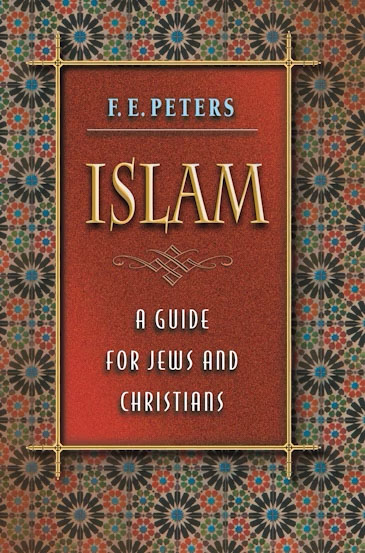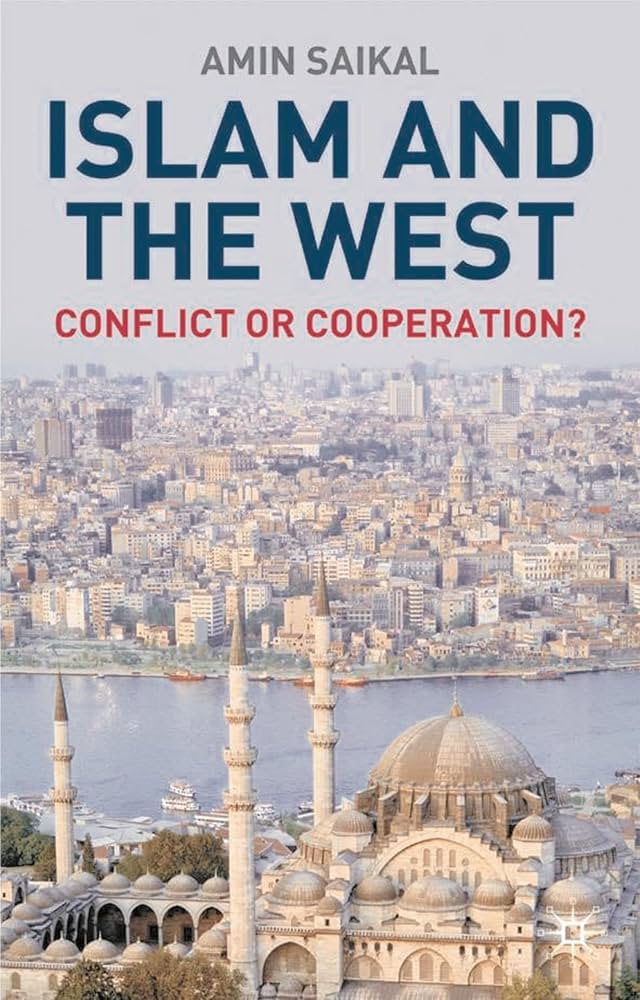- Free Article: No
- Contents Category: International Studies
- Review Article: Yes
- Online Only: No
- Custom Highlight Text:
Iran’s Islamic revolution in 1979, the disintegration and demise of the Soviet Empire a decade later, and the attacks in New York and Washington in 2001 have all heightened interest in ‘understanding’ Islam in the West. The Iranian Revolution was very much a revolution of the ‘countryside’ against the glitter, domination and corrupt politics of the ‘metropolis’. Its success created an enormous interest in Islam. For the West, the demise of the USSR was more than the demise of what Ronald Reagan had dubbed an ‘Evil Empire’; it removed the ‘enemy’ whose containment had dominated the politics of the Cold War in the US and its European allies. Its historical significance was described by the American political scientist Francis Fukayama in his influential essay ‘The End of History’. The search was on for the enemies of international capitalism and liberal democracy. A few years later, in an equally influential and widely read work, The Clash of Civilizations (1993), Harvard political scientist Samuel Huntington identified Islam as one of the potential enemies of Western civilisation.
- Book 1 Title: Islam
- Book 1 Subtitle: A guide for Jews and Christians
- Book 1 Biblio: Princeton University Press, $29.95hb, 298pp
- Book 1 Cover Small (400 x 600):

- Book 1 Cover (800 x 1200):

- Book 2 Title: Islam and the West
- Book 2 Subtitle: Conflict or cooperation?
- Book 2 Biblio: Palgrave Macmillan, $39.95pb, 180pp
- Book 2 Cover Small (400 x 600):

- Book 2 Cover (800 x 1200):

The tragic events of September 11 acted as the confirmation of Huntington’s hypothesis for the neo-conservative establishment of the US. These events were framed by President George W. Bush as a ‘war’ and not as ‘criminal acts’, which they clearly were. The framing of the events as ‘war’ began the asymmetrical global civil war powered on the one side mainly by the economic, political and military might of the US and on the other by an elusive network of Islamic militants. It has so far vanquished the Taliban régime in Afghanistan and Saddam Hussein’s dictatorship in Iraq. In the war against terrorism, several battles have been won in the US and the Middle East, but the war goes on, and its tragic human, political and economic costs are increasing by the day.
According to a recent survey conducted by the Pew Research Centre for People and the Press, mutual suspicion is rising in Western and Muslim countries. The analysis of the relationship between the West and Islam has now become a small publishing industry. One of the leading writers on the topic is Bernard Lewis, Emeritus Professor of Middle Eastern and Islamic history at Princeton University. His books on the subject are best sellers in the US. Lewis and writers such as Huntington and Daniel Pipes portray Islam as an undifferentiated block universe. In a recent essay entitled ‘Which Way to Mecca?’ in the New York Review of Books, Clifford Geertz argued that one reason for the popularity of works on Islam by writers such as Lewis is that they are reinforcing popular prejudices and conceptions of Islam in the West.
Amin Saikal, Professor of Political Science and Director of the Centre for Arab and Islamic Studies at the Australian National University, is one of Australia’s foremost scholars of Middle Eastern and Islamic studies. Hs book Islam and the West: Conflict or Cooperation? is a thoughtful and carefully crafted analysis of the relationship between the West, especially the US, and the Islamic world he calls the ‘domain of Islam’. According to Saikal, following the cataclysmic events of September 11, this relationship has grown tense. In his book, he provides an overview of the events following September 11, and how they have shaped the perceptions of Islam in the West and of the West in the Islamic world. The first two chapters of the book analyse the attacks and the historical context of the relations between the West and the ‘domain of Islam’. Despite periods of conflict and differences, the relationship. Saikal argues, was largely harmonious because of the shared religious values of Islam, Christianity and Judaism.
The next three chapters deal with the rise of the US as a global power and its conflict with the USSR, the impact of the Iranian Revolution, and developments in Afghanistan and the ‘Israeli–Arab’ conflict. Saikal examines the three pillars of foreign policy that have dominated the US since World War II: defeating Soviet communism; controlling oil in the Muslim world; and protecting Israel, despite its inherently expansionary and discriminatory policies. While the US did succeed in achieving these goals to varying degrees, successive US administrations did not fully realise their impact on the Muslim world. The pursuit of these policies, the book argues, has been a major cause of the failure of the national project in Muslim countries, which has created widespread disaffection among their citizens with the ruling elites (often supported by the US) and contributed to the rise of the radical Islamic movements. The last chapter explores the ways to transcend the current hostility and distrust.
One can disagree about the relative importance of various factors in the rise of radical Islamic movements in different Muslim countries, and about the causes of the failure of the national project that has stymied their political, economic and technological development, but this should not detract from Saikal’s sober and grounded analysis of the events shaping the Muslim world. This is the main strength of his book. The evidence supports the key hypothesis: that the terrible events of September 11 were a product of cumulative and widespread disillusionment among Muslims with their ruling élites and of US insensitivity to the aspirations of Muslim masses. The terrorist actions of September 11 were ‘rooted in causes and conditions in whose generation the West in general, and the USA in particular, had played an important role, although not with consciously malign intent’.
Perhaps the part of the book I found most problematic is the strategy it offers for ‘the way forward’. It is essentially predicated on the US exercising its power with an acute sense of justice and constructive responsibility. It could be argued that one of the things that is making the world unsafe is the overwhelming economic, military and political power of the US and that some restructuring of this power should be part of the agenda for the future. Many of the problems facing Muslim countries arc rooted in the political and social realities of these Muslim countries.
Islam and the West is a well-crafted book and a valuable addition to the literature on one of the major issues of our time.
F .E. Peters is Professor of Middle Eastern Studies and Religion at New York University and a leading authority the monotheistic religions. In his book, Islam: A Guide for Jews and Christians, he provides an introduction to the sacred texts, rituals, practices and history of Islam for the followers of these two other monotheistic religions. Peters covers the defining features of Islam, beginning with an overview of the historical context and the significance of Mecca to the rise of Islam. He goes on to explore Mohammed’s life, the meaning and nature of the Koran, Islamic rituals and the creation of the unique community of Muslims: the Ummah.
The book uses categories familiar to readers of the Torah and the Bible to explain the meanings of Islamic rituals and beliefs. Peters argues that Mohammed used the religious terrain of those books to introduce Islam to his fellow Arabs since they were familiar with them. Islam is written from the perspective of the sociology of religion rather than from a Muslim one. The discussion is intellectually rigorous and accessible. This approach, unfortunately, is not commonly used by Muslim religious scholars in their expositions of key theological precepts of Islam. This is what makes the book edifying for its Christian and Jewish readers, and for its Muslim ones. The latter may find some of the discussion disconcerting, but it is the type of scholarly exposition that would be the basis of rational and stimulating discussion of key Islamic beliefs and practices. A list of references at the end of the book would have been helpful for readers interested in further reading. Peters’s book is illuminating in its contents and approach, and a valuable addition to a small but growing number of books that seek to make Islam accessible to a wider range of readers.


Comments powered by CComment